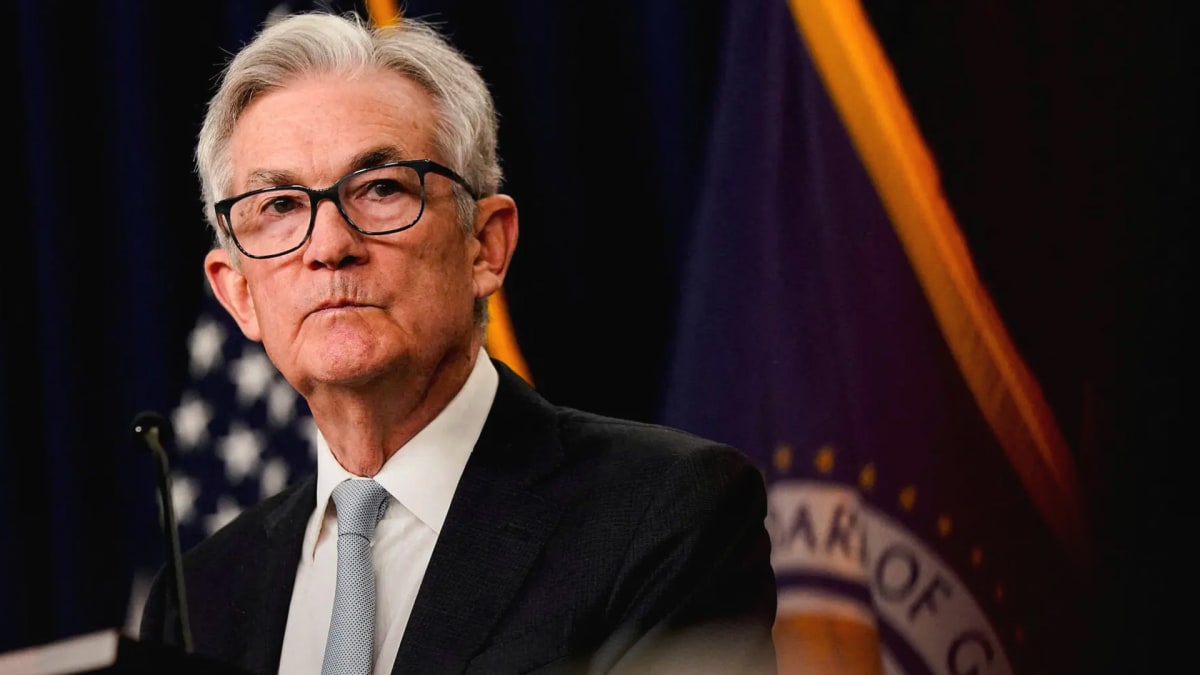
Federal Reserve Chairman Jerome Powell on Wednesday will tell lawmakers that the central bank's inflation fight has a "long way to go" and that further interest rate hikes will likely be needed to tame consumer-price pressures over the coming months.
In remarks prepared for his semiannual appearance before the House Financial Services Committee on Capitol Hill, which is set to begin at 10 a.m. U.S. Eastern Time, Powell said the nation's banking system remains "sound and resilient." But he added that the impact of some regional-bank failures will likely affect credit conditions, which in turn could weigh on hiring, economic activity and inflation.
Nonetheless, with headline CPI running at 4%, double the Fed's 2% target pace, Powell will tell lawmakers that more rate hikes are needed between now and year's end. He said decisions will be made meeting by meeting and based on incoming data.
Price Stability 'the Fed's Responsibility: Powell
"My colleagues and I understand the hardship that high inflation is causing, and we remain strongly committed to bringing inflation back down to our 2% goal," Powell said.
"Price stability is the responsibility of the Federal Reserve, and without it, the economy does not work for anyone. In particular, without price stability, we will not achieve a sustained period of strong labor market conditions that benefit all."
"Inflation pressures continue to run high, and the process of getting inflation back down to 2% has a long way to go," he added.
"Despite elevated inflation, longer-term inflation expectations appear to remain well anchored, as reflected in a broad range of surveys of households, businesses, and forecasters, as well as measures from financial markets."
U.S. stocks moved lower in the wake of Powell's prepared remarks, with the S&P 500 falling 18 points in the opening hour of trading and the Dow Jones Industrial Average falling 66 points.
Benchmark 10-year Treasury note yields were marked 2 basis points higher at 3.754% while 2-year notes gained 2 basis points to 4.726%.
The U.S. dollar index, meanwhile, was marked 0.18% lower at 102.380 against a basket of six global currency peers.
Last week, the Fed kept the federal-funds rate on hold at between 5% to 5.25%, snapping a streak of 10 consecutive increases that lifted the benchmark to the highest since 2007. But the Fed lifted the upper-end of its near-term rate forecast, suggesting the central bank still feels tighter financial conditions were needed to combat the current elevated inflation.
Potential for Two More Rate Rises in 2023
In the Fed's summary of economic projections, also known as the dot plots, which indicates the prospective forecasts of voting and nonvoting members of the Federal Open Market Committee, the median view of the federal-funds rate by year's end was marked 0.5 point higher, at 5.6%, compared with the March release.
That suggests the potential for at least two more rate hikes between now and December, the Fed's last policy meeting of the year, although Powell would not confirm whether a decision for the July meeting had been made.
CME Group's FedWatch now suggests a 79.4% chance that the Fed will lift rates by 25 basis points (0.25 percentage point), to between 5.25% and 5.5% at its next policy meeting in July.
But bets on a follow-on rate cut have essentially disappeared, and traders are pricing in a 50/50 chance the Fed will be forced to cut rates between now and the end of the year.
Get investment guidance from trusted portfolio managers without the management fees. Sign up for Action Alerts PLUS now.







